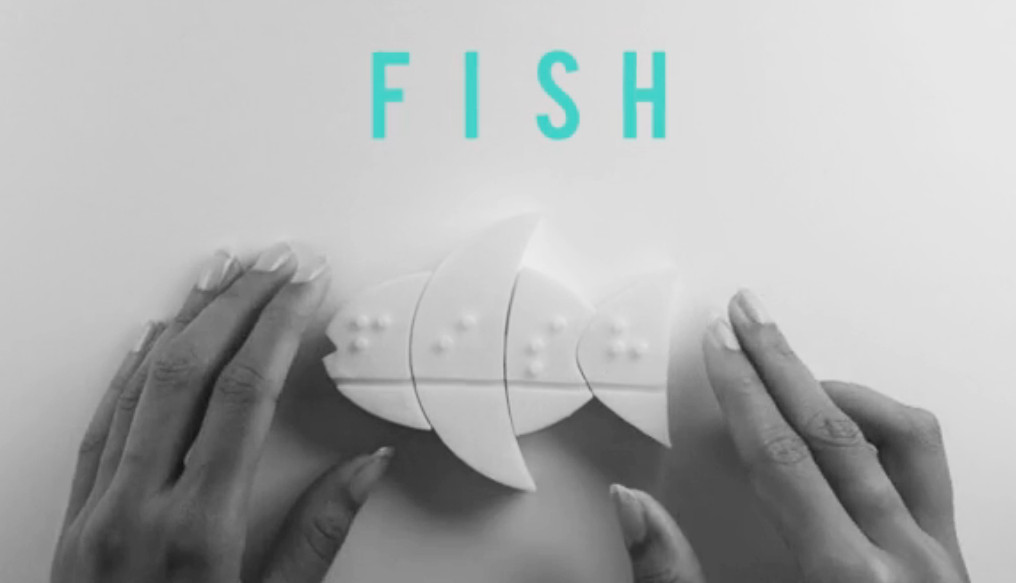For sighted people, the world we see and interact with on a daily basis is full of three-dimensional objects and perspectives that our sense of sight allows us to fully comprehend and appreciate. The visually impaired, however, often only have words and descriptions to rely on to experience this same environment.
Because of this, it’s common for visually impaired children to have a more difficult time “seeing” the world through words. While Braille and language and other auditory cues allow them to communicate and interact with the world around them, they still cannot actually see what it is they’re learning about.
Designer Tanian Jain and Opthalmologist Anthony Vipin Das are using 3-D printing technology to revolutionize the learning environment for the visually impaired.
Their venture, called the Fittle project, creates playful 3-D printed puzzles out of shapes, textures and braille to allow visually impaired kids to learn new words while also “seeing” the shape of those objects.
For example, the word “fish” is constructed by putting together puzzle pieces that, when properly aligned, spell out the word in braille and form the shape of a fish.
By learning new words and visualizing the shapes of the objects those words stand for, 3-D printing technology is allowing kids with vision impairment to truly discover the world around them.
Fittle from Tania Jain on Vimeo.
Fittle is awesomely available for downloaded on the website so that anyone with a 3-D printer can print the puzzles and incorporate them into their learning environment.


Leave a Reply